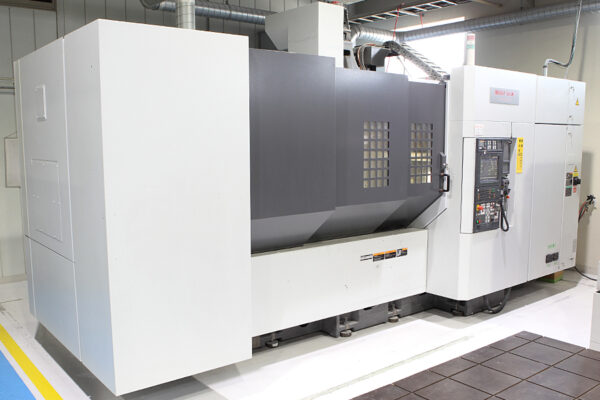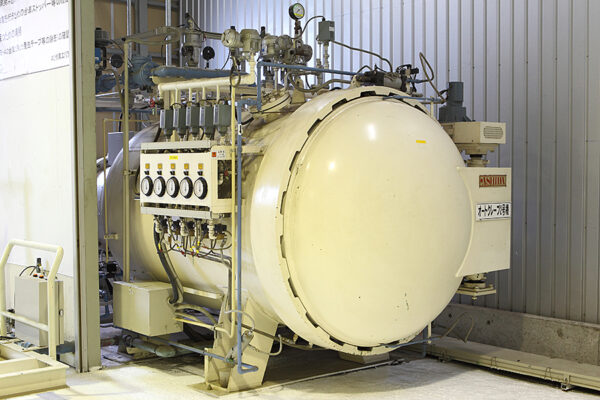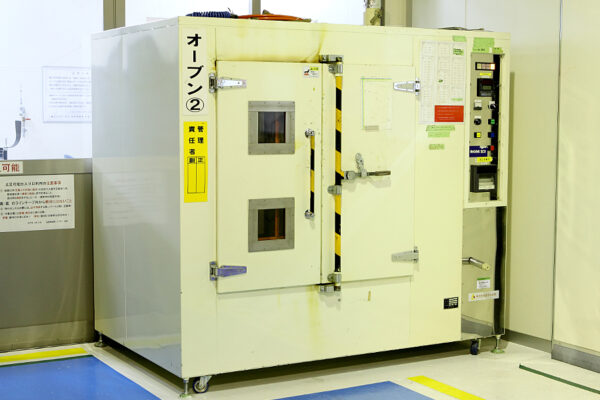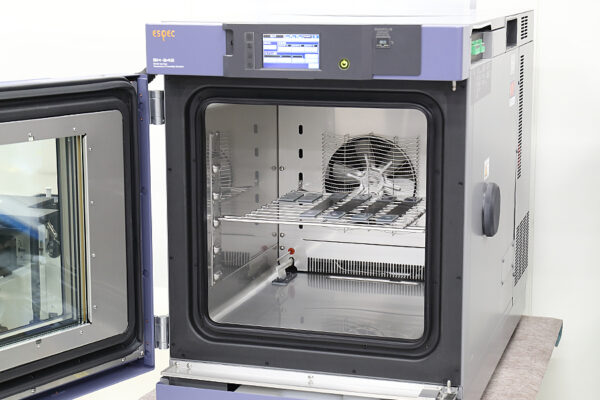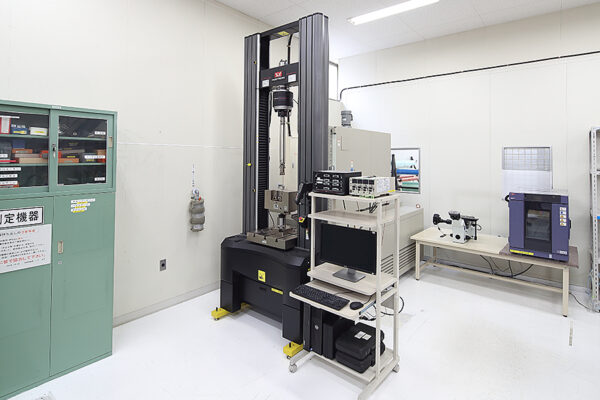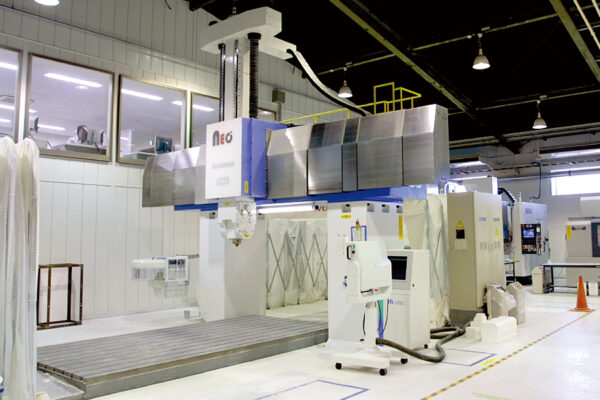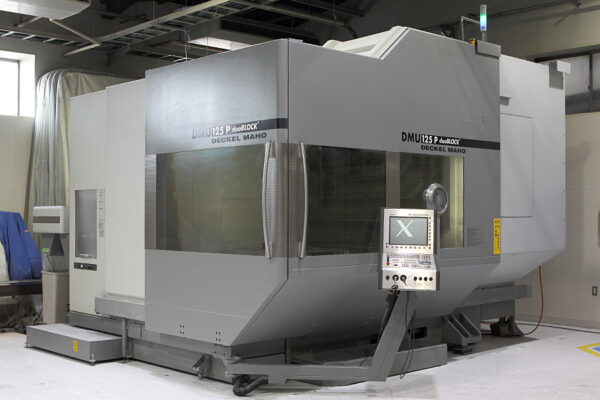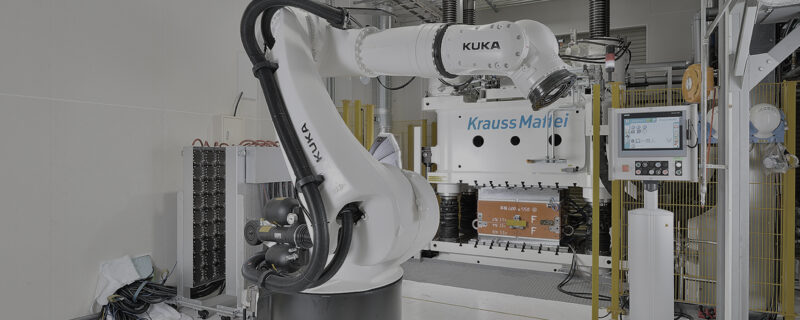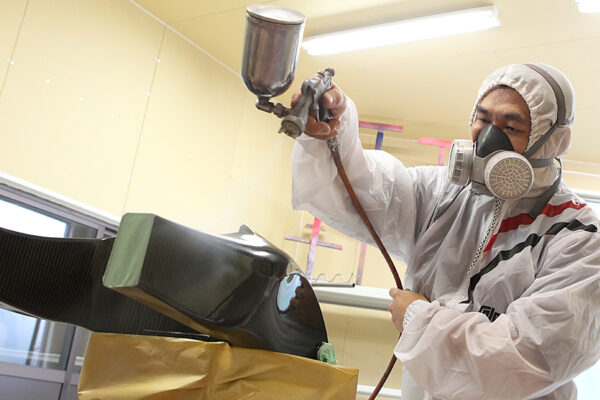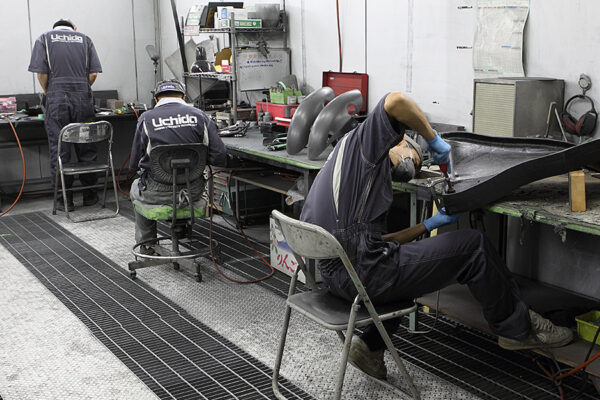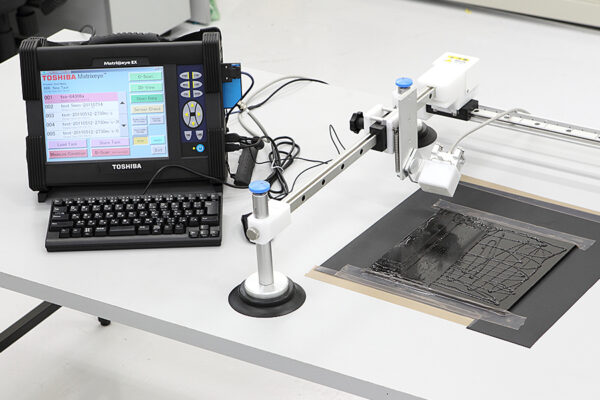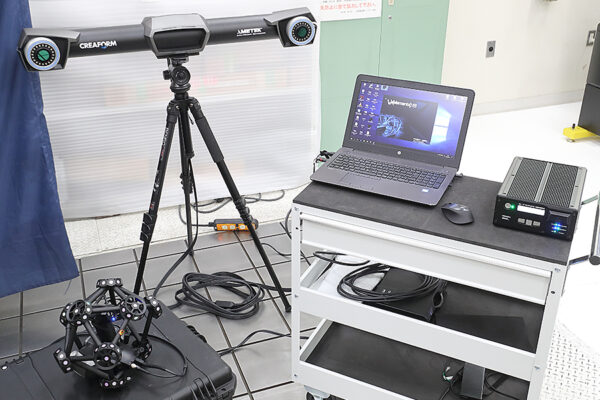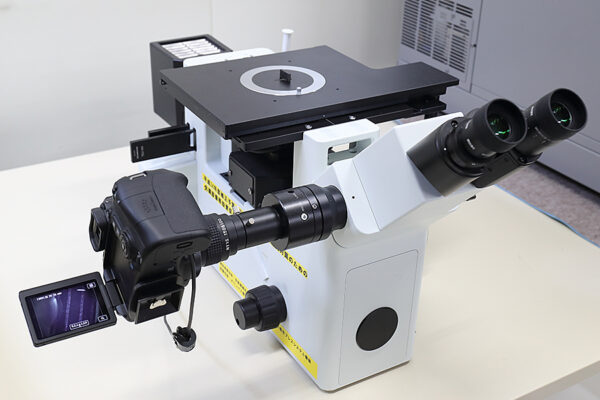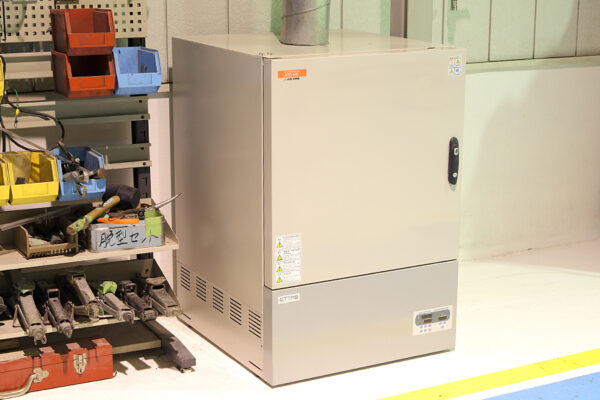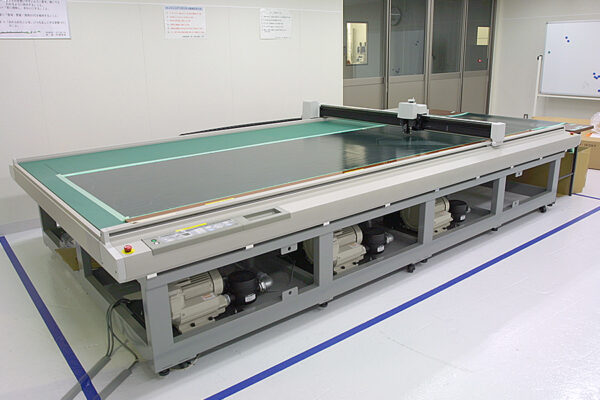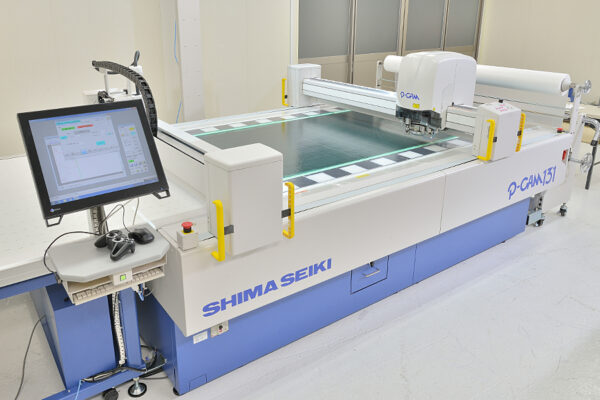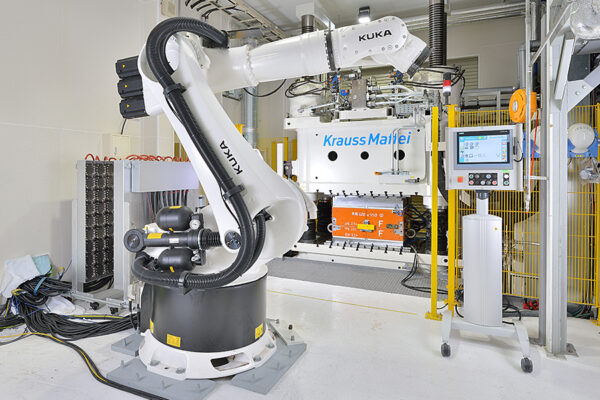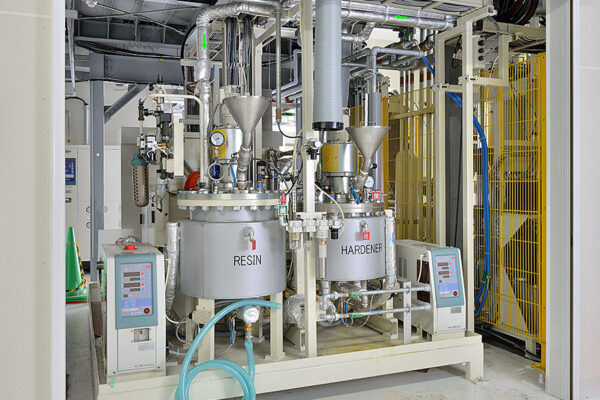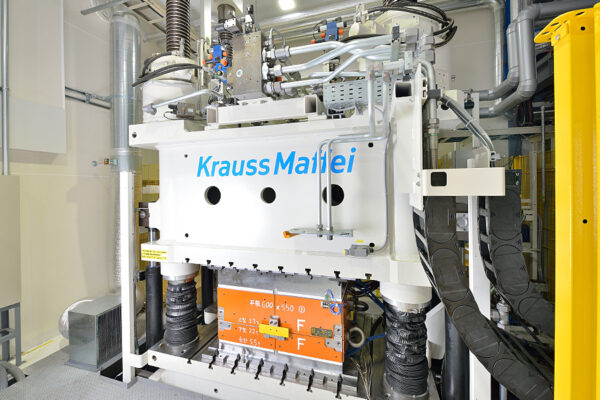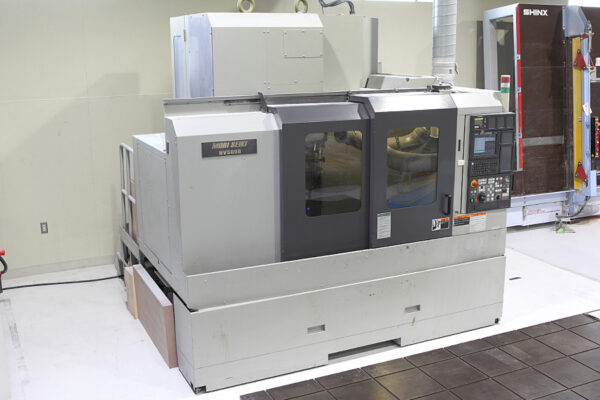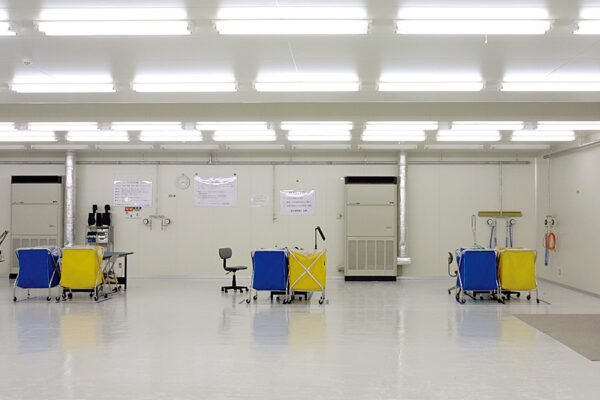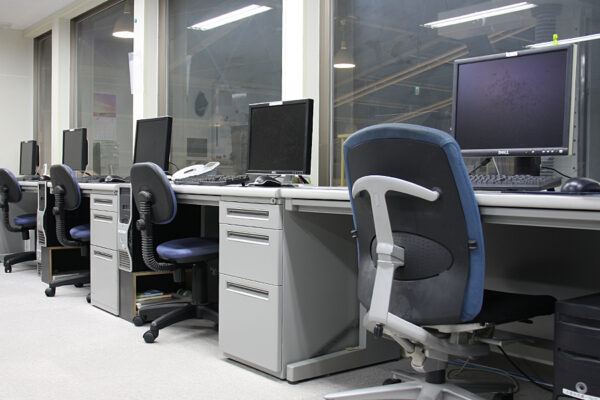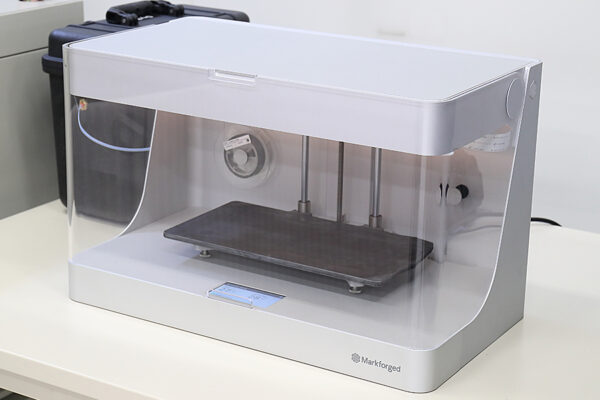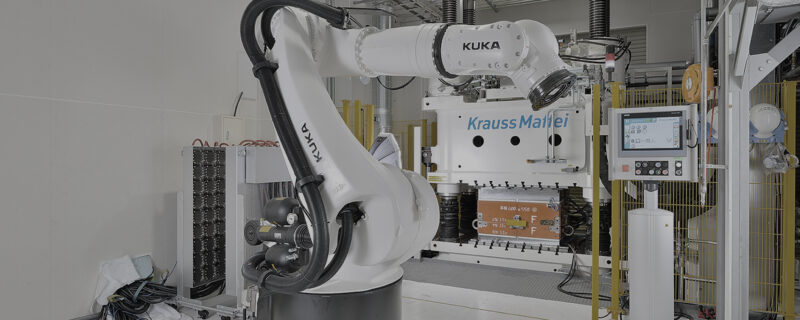Introduction
CFRP (Carbon Fiber Reinforced Plastic) molding is a technology in which carbon fiber is reinforced with plastic resin to create a particularly strong and lightweight material. CFRP molding is widely used in aerospace, sporting goods, automobiles, and other fields where high performance products are required. This column describes the characteristics of CFRP molding and its molding methods.
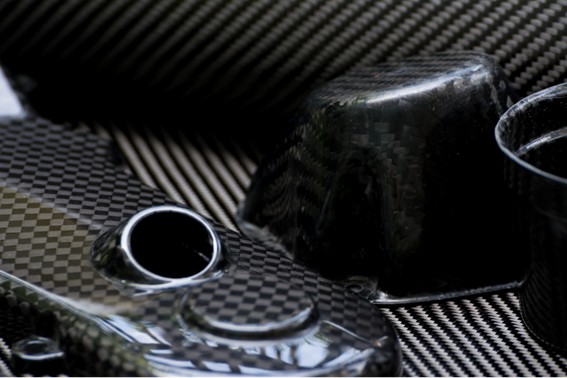
Basic Concept of CFRP Molding
CFRP is a composite material consisting of carbon fibers bound together with resin, and has the characteristics of being lightweight while having extremely high strength and rigidity. CFRP molding is closely related to molding technology and material selection, and various methods are used depending on the product application.
Features of CFRP molding
– Lightweight: CFRP is much lighter than metal, yet has equal or greater strength, making it particularly suitable for aircraft and automotive parts where weight reduction is required.
– High strength and rigidity: Carbon fiber is very strong and has excellent tensile strength, making it a strong structural material.
– Corrosion resistance: Unlike metals, CFRP does not rust, making it highly resistant to corrosion, allowing for long-term use in harsh environments.
– Heat resistance: CFRP can perform well in high-temperature environments, and is especially used in parts exposed to heat, such as aircraft and automobile engine parts.
CFRP Molding Methods
There are several techniques used to mold CFRP. Each method is chosen according to the shape of the product and the environment in which it will be used.
Prepreg Molding
Prepreg is a material in which carbon fiber is pre-impregnated with resin. This prepreg is then heated and pressurized for molding. Prepreg molding is very precise and can create complex shapes, and is widely used for aircraft and automotive parts.
– Characteristics: High-precision molding, high strength, constant quality
– Applications: Aircraft, sporting goods, high-performance automotive parts
Hand Layup Molding
In hand layup molding, carbon fiber is laminated by hand and resin is Hand layup is a method in which carbon fibers are hand-laminated and resin is applied on top of them. It is suitable for relatively small-lot production and is used to manufacture custom products and products with complex shapes.
– Characteristics: Suitable for low-cost, low-volume production; can be used for complex shapes
– Applications: Custom parts, prototypes, low-cost parts
Autoclave Molding
Autoclave molding is a method of molding CFRP in a high temperature, high pressure environment. In this method, the material to be molded is heated and pressurized in an autoclave (a furnace with high temperature and pressure) to create strong CFRP products. It is used in the aircraft and space industries to produce parts that require extremely high quality. Features: High quality, high precision, and high strength.
– Characteristics: High quality, high precision, high strength, excellent heat resistance
– Applications: Aircraft parts, aerospace industry
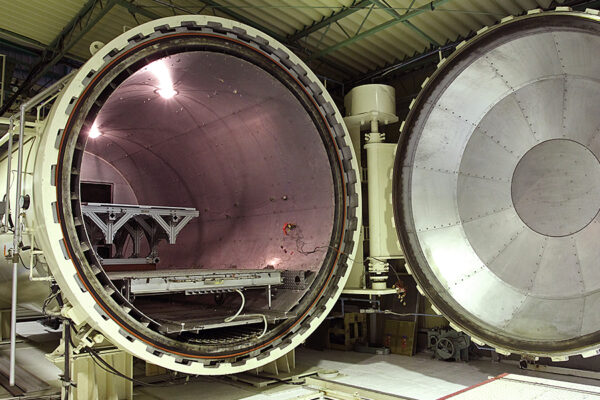
Autoclave Oven 3
Size : Ø3,000×6,000mm / Operating temperature : at normal temperature – 200℃ / Distribution accuracy : ±2.5℃less / Heating rate : 4.0℃/min. (empty furnace) / Cooling rate : 4.0℃/min. (empty furnace) / Design pressure : 0.99Mpa (maximum working pressure) / Working pressure : 0.7Mpa less (if no specification from the manufacuturer 0.3Mpa around) / Pressure accuracy : ±0.02Mpa(for pressure setting of 0 – 0.99Mpa/cm²) / Boost pressure accuracy : 0 – 0.03Mpa/min / Pressure source : compressed air (regular use) / Vacuum system : back suction system / Vacuum units : 10
RTM Molding (Resin Transfer Molding)
RTM molding is a molding method in which carbon fiber is placed inside a mold and resin is injected into it. The molding process is short in time and suitable for relatively high volume production. Molding time is short, and the method is suited for relatively high volume production.
– Characteristics: Suitable for mass production, high precision, consistent quality
– Applications: Automotive parts, industrial parts, building materials
Hybrid Molding
Hybrid molding is a molding method that combines CFRP with other materials (e.g., metal or resin). This method allows the creation of parts that combine the superior performance of CFRP with the properties of other materials.
– Characteristics: Performance can be optimized by combining multiple materials
– Applications: Automotive and aircraft parts
Summary
CFRP molding is a technology for producing lightweight, high-strength composite materials with a wide range of applications including aircraft, automotive and sporting goods. The application fields range from aircraft to automobiles to sporting goods. There are many different molding methods, and it is important to select the most appropriate method according to the product characteristics and operating environment.

Related useful contents
You can explore related content by clicking on a topic of interest.
ABOUT UCHIDA - 55 years since our founding
We leverage a wealth of technical expertise as a CFRP molding and processing manufacturer using FRP, GFRP, and CFRP materials. We offer a one-stop solution, encompassing design, analysis, manufacturing, secondary processing, assembly, painting, quality assurance, and testing.
UCHIDA's equipment
We have cutting-edge equipment to ensure that we can address even the most advanced challenges of our customers.
Video Library
In the following video, we provide a detailed overview of our manufacturing process. Please feel free to watch and learn more.


